Introduction

Understanding Epoxy Adhesives
So, what exactly is epoxy adhesive? At its core, it's a two-part system consisting of a resin and a hardener that, when mixed together, create a strong bond. This unique chemistry allows epoxy adhesives to cure into durable substances that can withstand various environmental factors—making them indispensable in both industrial and DIY settings.
The Versatile Applications of Epoxy
The versatility of epoxy adhesive knows no bounds. Whether you're looking for an epoxy adhesive for metal, plastic, or wood, there's likely a formulation tailored to your needs. From automotive repairs to household projects, understanding the specific applications of epoxy can help you choose the right type for your task at hand.
Key Considerations Before Use
Before diving headfirst into your next project with epoxy adhesive, there are some key considerations to keep in mind. Factors such as surface preparation, curing time, and temperature can significantly affect the performance of your bond. Additionally, knowing whether you need an epoxy adhesive for metal or if you're working with plastic or wood will guide you toward making the best choice for optimal results.
What is Epoxy Adhesive?
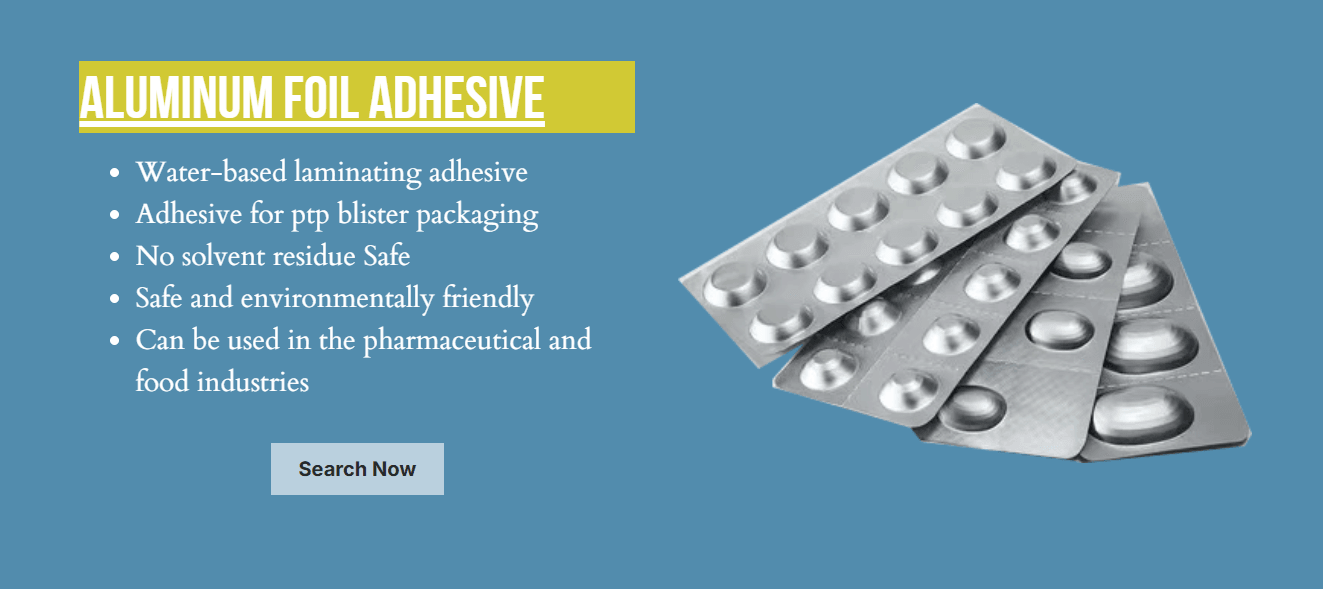
Epoxy adhesive is a powerful bonding agent that has become a staple in various industries and DIY projects alike. Its unique composition allows it to create strong, durable bonds across multiple materials, making it an ideal choice for tasks ranging from metal repairs to woodworking. But what exactly is epoxy adhesive made of, and how does it work its magic?
Composition and Chemistry
At its core, epoxy adhesive consists of two main components: a resin and a hardener. When these two parts are mixed together, they undergo a chemical reaction that results in the formation of a solid polymer network. This intricate chemistry is what gives epoxy its impressive strength and versatility, whether you're using it for metal bonding or tackling projects with plastic or wood.
The resin typically includes epoxide groups, which are reactive compounds that contribute to the adhesive's ability to bond with various surfaces. The hardener activates the curing process, transforming the liquid mixture into a robust solid that can withstand stress and environmental factors. Understanding this composition is crucial when determining what is epoxy adhesive used for in different applications.
How It Works
Epoxy adhesives work through a combination of mechanical interlocking and chemical bonding at the molecular level. When applied to surfaces, they penetrate tiny pores and irregularities, creating a strong grip as they cure. This dual action—both physical and chemical—ensures that epoxy adhesive forms one of the strongest bonds available on the market today.
Whether you’re using epoxy adhesive for metal repairs or applying it on plastic surfaces, proper surface preparation significantly enhances adhesion quality. Cleaning surfaces thoroughly removes contaminants like dust or oil that could weaken the bond during curing. By understanding how epoxy works, you can maximize its effectiveness across various materials.
Typical Uses
What is epoxy adhesive used for? The answer spans an impressive range of applications! From automotive repairs to household fixes, this versatile glue excels in numerous fields including construction, arts and crafts, electronics assembly, and even aerospace engineering.
For instance, when discussing epoxy adhesive for metal applications, it's commonly employed in repairing machinery parts or creating robust fixtures due to its exceptional tensile strength. Meanwhile, those seeking an effective solution for plastic bonding often turn to specialized formulations designed specifically for challenging plastics like polyethylene or polypropylene. Lastly, if you’re working with wood projects—whether furniture repair or crafting—epoxy adhesive provides lasting durability while maintaining aesthetic integrity.
Epoxy Adhesive for Metal

Advantages of Metal Bonding
One of the primary advantages of using epoxy adhesive for metal is its exceptional strength. Unlike traditional adhesives, epoxy creates a chemical bond that can withstand heavy loads and resist temperature fluctuations. Additionally, epoxy adhesives are often resistant to chemicals and moisture, ensuring long-lasting durability in both indoor and outdoor environments.
Another significant benefit is the versatility of epoxy formulations available on the market today. These adhesives can be tailored to suit specific needs—whether you require quick curing times or enhanced flexibility—there's an epoxy adhesive designed just for your project. This adaptability makes it a preferred choice among those who frequently ask, What is epoxy adhesive used for? in various metal bonding applications.
Lastly, using an epoxy adhesive reduces the need for mechanical fasteners like screws or rivets, which can be cumbersome and time-consuming to install. By providing a seamless finish without visible hardware, you not only save time but also achieve a cleaner aesthetic in your projects. So when considering your next bonding task involving metals, remember that epoxy could be your best ally.
Common Use Cases
Epoxy adhesive finds its way into countless applications involving metals across diverse industries. From automotive repairs to aerospace manufacturing, its strong bonding capabilities make it indispensable in high-stress environments where reliability is crucial. Common use cases include repairing engine components, attaching brackets or supports in construction projects, and even assembling intricate sculptures made from various metals.
In addition to industrial applications, hobbyists often turn to epoxy adhesive for metal when working on home improvement projects or crafting unique items like jewelry or decorative pieces. Its ability to bond different types of metals—including steel, aluminum, and brass—means you can tackle almost any project with confidence knowing that your materials will stay securely bonded together.
Moreover, businesses in the manufacturing sector regularly utilize epoxy adhesives due to their efficiency and effectiveness in production lines where speed matters just as much as strength does. With so many uses spanning both professional and personal realms, it's no wonder people frequently inquire about whether epoxy is the strongest adhesive available today.
Best Practices for Application
To maximize the effectiveness of your chosen epoxy adhesive for metal bonding tasks, following best practices during application is key. Start by thoroughly cleaning both surfaces you intend to bond; removing grease or oxidation will ensure optimal adhesion between materials—after all, cleanliness truly is next to godliness when it comes to effective bonding!
Next up: mixing! Many epoxies come as two-part systems requiring precise proportions of resin and hardener; failure to mix them correctly could lead directly down the path toward disappointing results (and nobody wants that). Always refer back to manufacturer instructions regarding mixing ratios and curing times so you don’t end up with an unfortunate mess instead of a solid bond!
Lastly—and perhaps most importantly—allow adequate curing time before subjecting bonded items under stress or load conditions; patience pays off here! Each type may have different cure times based on environmental factors like humidity levels too; keeping this mind ensures long-lasting durability once everything sets properly together! With these tips at hand along with knowledge about what makes an excellent choice overall—it’s clear why many opt-in favoring this fantastic product when dealing specifically with metals!
Epoxy Adhesive for Plastic

Challenges in Bonding Plastic
One of the main challenges in bonding plastic with epoxy adhesive is surface energy; many plastics have low surface energy, making it difficult for the adhesive to wet the surface effectively. This leads to poor adhesion and potential failure of the bond under stress or environmental changes. Additionally, certain types of plastic can release oils or other contaminants that interfere with bonding, so preparation is key when considering epoxy adhesive for plastic applications.
Ideal Types of Plastic for Epoxy
Not all plastics are created equal when it comes to using an epoxy adhesive. Generally speaking, rigid plastics like PVC (polyvinyl chloride), ABS (acrylonitrile butadiene styrene), and some polycarbonates respond well to epoxy adhesives due to their chemical structure and ability to bond effectively. On the other hand, flexible plastics such as polyethylene and polypropylene often resist bonding unless specially formulated adhesives are used.
Tips for Successful Application
To achieve a strong bond using epoxy adhesive for plastic, start by thoroughly cleaning the surfaces with isopropyl alcohol or a similar solvent to remove any contaminants that could weaken adhesion. Lightly sanding the surfaces can also increase surface area and improve bonding strength significantly; just be careful not to overdo it! Finally, always follow manufacturer instructions regarding mixing ratios and curing times—proper application will ensure your project stands up against time and stress.
Epoxy Adhesive for Wood
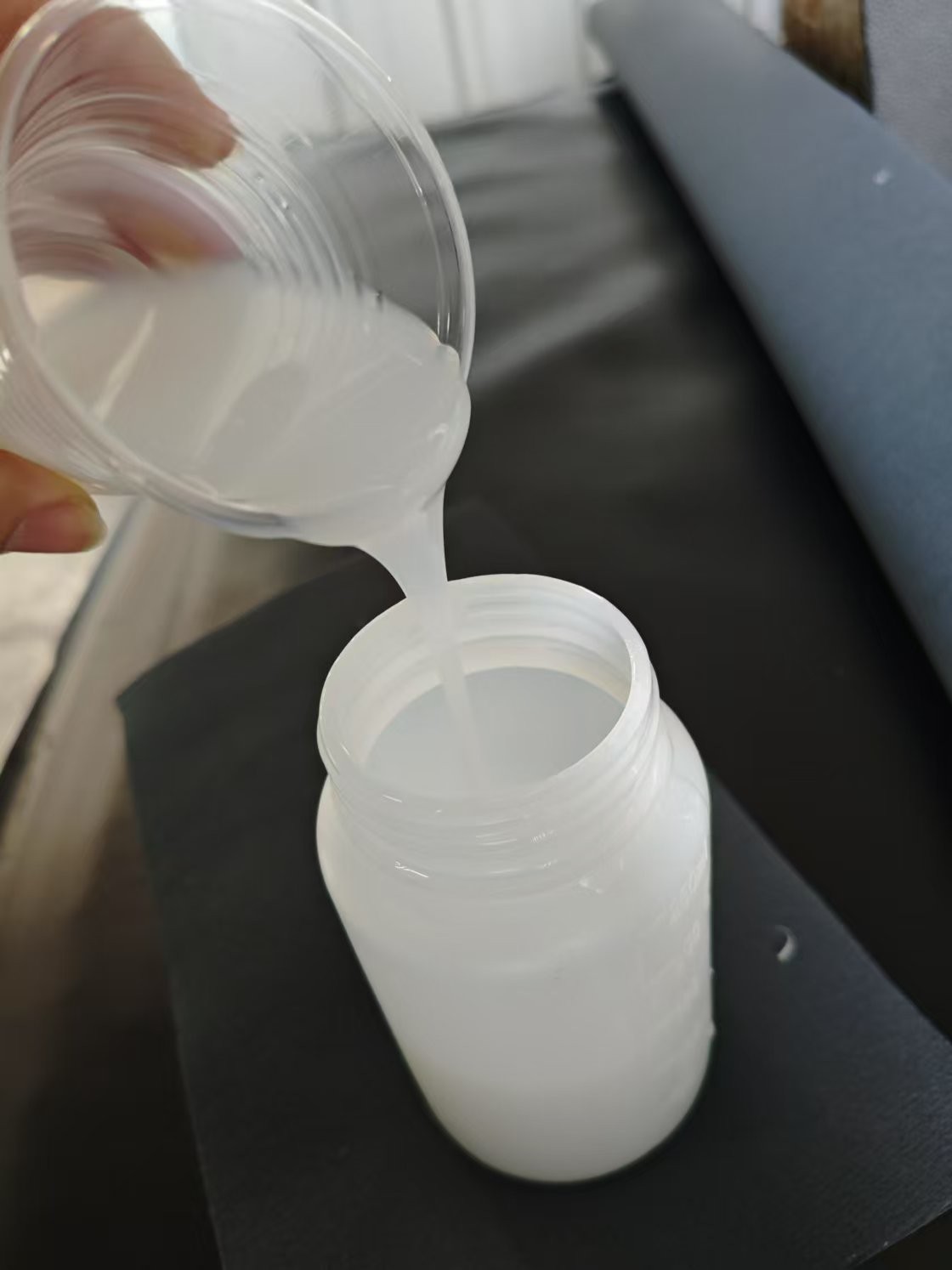
Benefits of Wood Adhesion
One of the standout benefits of using epoxy adhesive for wood is its impressive strength and durability. Unlike traditional wood glues, which may weaken over time or in humid conditions, epoxy creates a waterproof bond that holds up under various circumstances. Additionally, epoxy adheres well to both hard and softwoods, providing flexibility across different types of projects.
Another advantage is the gap-filling capability of epoxy adhesives; they can bridge small gaps between surfaces that might otherwise be difficult to bond effectively. This feature makes them ideal for repairing damaged or uneven surfaces in woodworking applications. Moreover, once cured, the bond formed by epoxy adhesive is often stronger than the wood itself—an impressive feat that answers the question: Is epoxy the strongest adhesive?
Recommended Products for Wood
When selecting an epoxy adhesive for wood projects, there are several high-quality products worth considering. Brands like West System and Gorilla Epoxy offer formulations specifically designed to penetrate and bond with wooden surfaces effectively while providing excellent water resistance. These products are particularly beneficial if you're looking to undertake outdoor projects or items exposed to moisture.
For those who prefer a quick-setting option, look into 5-minute epoxies that allow you to complete tasks rapidly without sacrificing strength. However, if you have more intricate work requiring longer working times and better flow characteristics, opt for slower-curing epoxies that give you ample time to adjust your pieces before they set permanently.
Techniques for Optimal Bonding
To achieve optimal results when using epoxy adhesive for wood bonding, preparation is key! Start by ensuring all surfaces are clean and free from dust or grease; this will enhance adhesion significantly. Sanding the surfaces lightly before application also helps create a better mechanical grip between the two pieces.
Next up: mixing! Follow manufacturer instructions carefully when combining resin and hardener—getting these ratios right ensures maximum strength in your final bond. Once mixed, apply the epoxy generously but avoid overdoing it; too much can lead to messy squeeze-out during clamping.
Finally, clamping your pieces together while the epoxy cures is crucial—this keeps them aligned and helps achieve an even distribution of pressure across the joint area. Depending on product specifications, allow adequate curing time before subjecting your project to stress or load; patience pays off when it comes to achieving strong bonds with epoxy adhesives!
Is Epoxy the Strongest Adhesive?
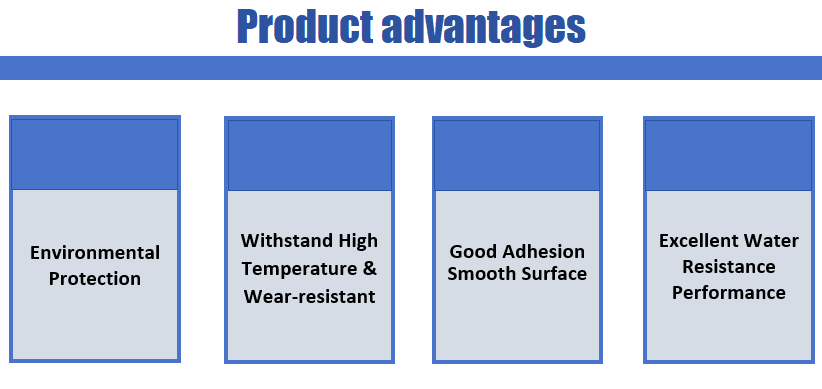
Comparisons with Other Adhesives
Epoxy adhesive is often compared to alternatives like cyanoacrylate (super glue), polyurethane, and traditional wood glues. While super glue is excellent for quick fixes, it lacks the durability of epoxy adhesive for metal or wood applications, especially under stress or extreme conditions. Polyurethane offers flexibility but can take longer to cure and may not achieve the same sheer strength as epoxy when bonding plastic or metal surfaces.
In terms of adhesion properties, epoxy adhesive excels in creating strong bonds that resist heat and chemicals better than most competitors. For example, when comparing epoxy adhesive for plastic to other types of plastics adhesives, it's clear that epoxies provide superior performance in demanding environments. Ultimately, while each adhesive has its niche uses, epoxy remains a go-to choice for those requiring robust and reliable bonding solutions.
Strengths and Weaknesses
The strengths of epoxy adhesive are numerous; it boasts exceptional tensile strength and resistance to environmental factors such as moisture and temperature fluctuations. This makes it an ideal candidate for various applications—from construction projects using epoxy adhesive for wood to intricate repairs involving metal components. However, one must also consider its weaknesses; curing times can be longer compared to quick-drying options like super glue.
Additionally, while some users appreciate the durability of cured epoxy adhesive, others may find it challenging to work with due to its rigidity once set. It’s crucial to weigh these factors carefully; if flexibility is needed in your project (like certain plastic applications), you might want a different type of adhesive altogether. Nevertheless, when asking what is epoxy adhesive used for?, remember that its robust nature often outweighs these drawbacks in demanding situations.
Real-World Performance
Real-world performance tests reveal that epoxy adhesives hold up remarkably well under pressure—both literally and figuratively! Many industries rely on this versatile bonding agent; from automotive applications using epoxy adhesive for metal parts to creative DIY projects employing it on wood surfaces or plastics alike. Users frequently report satisfaction with their results after utilizing epoxies in high-stress environments where failure could mean disaster.
Moreover, testimonials consistently highlight how well these adhesives perform over time—maintaining their bond even when exposed to harsh conditions like fluctuating temperatures or moisture levels. The versatility seen in using an epoxy adhesive for plastic or wood demonstrates just how adaptable this product can be across different materials without sacrificing strength or reliability. In conclusion, if you're still wondering whether is epoxy the strongest adhesive? remember that real-world results certainly suggest it deserves a top spot among bonding agents available today!
Chemix's Water-Based Resin Solution
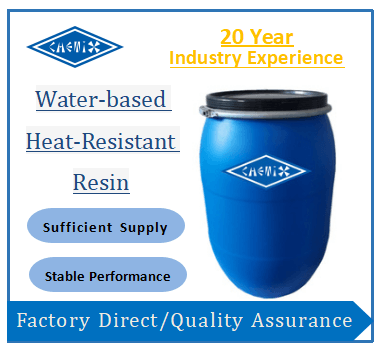
Chemix's water-based resin solution represents a significant advancement in the world of adhesives, particularly for those seeking eco-friendly options. This innovative product combines the robust bonding capabilities of traditional epoxy adhesives with a sustainable approach that reduces harmful emissions and environmental impact. By prioritizing safety and performance, Chemix has created a versatile adhesive solution that caters to a wide range of applications.
Eco-Friendly Solution Explained
The eco-friendly nature of Chemix's water-based resin solution lies in its formulation, which minimizes volatile organic compounds (VOCs) commonly found in traditional epoxy adhesives. This means that users can enjoy strong adhesion without compromising indoor air quality or contributing to environmental pollution. Furthermore, this water-based system is easy to clean up and safe for use in homes and workplaces, making it an appealing choice for conscientious consumers.
Applications in Adhesives and Coatings
Chemix’s water-based resin solution is not just an ordinary adhesive; it serves multiple purposes across various industries. From construction projects requiring epoxy adhesive for metal to crafting endeavors utilizing epoxy adhesive for plastic, this versatile product meets diverse bonding needs effectively. Additionally, it excels as an effective coating option, providing durability while enhancing aesthetics in applications like woodworking with epoxy adhesive for wood.
Benefits Over Traditional Solvents
When comparing Chemix’s water-based resin solution to traditional solvents, several key benefits emerge that make it stand out as a modern choice for consumers and professionals alike. First off, its lower toxicity promotes healthier working conditions without sacrificing the strength typically associated with epoxy adhesives—raising the question: Is epoxy the strongest adhesive? While traditional options may provide high performance, they often come with drawbacks like harsh fumes and complicated cleanup processes that can deter users from fully enjoying their projects.
Conclusion
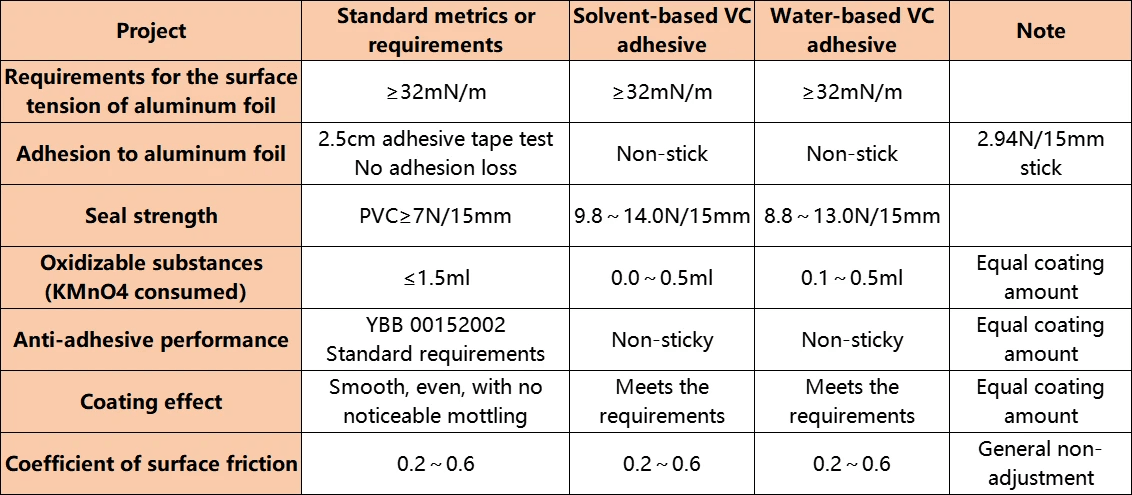
In the world of adhesives, epoxy adhesive stands out for its remarkable versatility and strength. Whether you’re bonding metal, plastic, or wood, understanding the pros and cons of this adhesive is crucial for achieving optimal results. By weighing the benefits against potential drawbacks, you can make informed decisions about which epoxy adhesive to use for your specific project.
Evaluating Pros and Cons
When considering epoxy adhesive, it’s important to evaluate both its strengths and weaknesses. On one hand, epoxy adhesives are renowned for their exceptional bonding capabilities across various materials—especially in applications like epoxy adhesive for metal where a strong bond is essential. However, they can be more challenging to work with than other adhesives due to longer curing times and the need for precise mixing ratios.
Another aspect to consider is the environmental impact of traditional epoxy adhesives compared to newer eco-friendly options like Chemix's water-based resin solution. While traditional epoxies provide superior strength (Is epoxy the strongest adhesive?), they may contain solvents that are less desirable from an ecological standpoint. Balancing performance with environmental considerations allows you to choose wisely based on your project requirements.
Finding the Right Epoxy for Your Project
Finding the right epoxy adhesive involves understanding what is epoxy adhesive used for in different contexts—be it metal, plastic, or wood applications. Each type of material presents unique challenges; thus knowing which formulation works best will save you time and frustration down the line. For instance, if you're working with plastic materials that often resist bonding well with standard glues (epoxy adhesive for plastic), selecting an appropriate formulation designed specifically for plastics will yield better results.
Additionally, when working on woodworking projects (epoxy adhesive for wood), look out for products that enhance not just adhesion but also durability against moisture and temperature changes. The right choice can significantly impact your project's longevity and overall success—ensuring that your hard work doesn't go unappreciated!
Making Eco-Friendly Choices in Adhesives
In today’s environmentally conscious world, making eco-friendly choices in adhesives has never been more important. Opting for water-based resin solutions instead of traditional solvent-based epoxies not only minimizes harmful emissions but also provides effective performance comparable to conventional products (Is epoxy the strongest adhesive?). By choosing greener alternatives while still enjoying strong bonds across materials like metal (epoxy adhesive for metal), plastic (epoxy adhesive for plastic), and wood (epoxy adhesive for wood), you contribute positively towards sustainability.
Ultimately, being mindful of both your project needs and environmental considerations allows you to select an epoxy that meets all criteria without compromising quality or safety. As we continue exploring innovative solutions in adhesion technology, embracing eco-friendly options will pave the way towards a more sustainable future without sacrificing performance.
